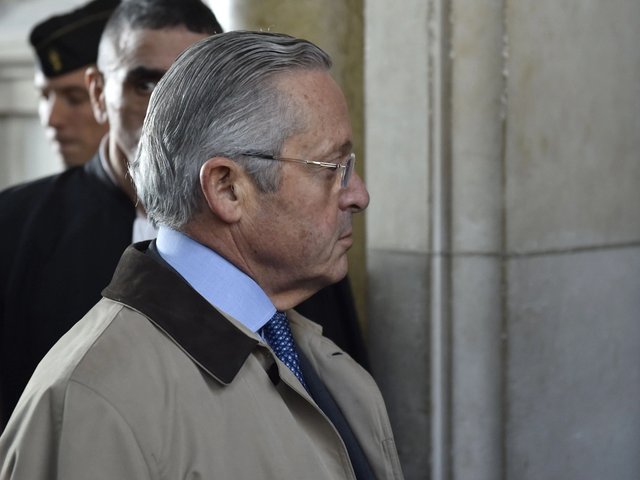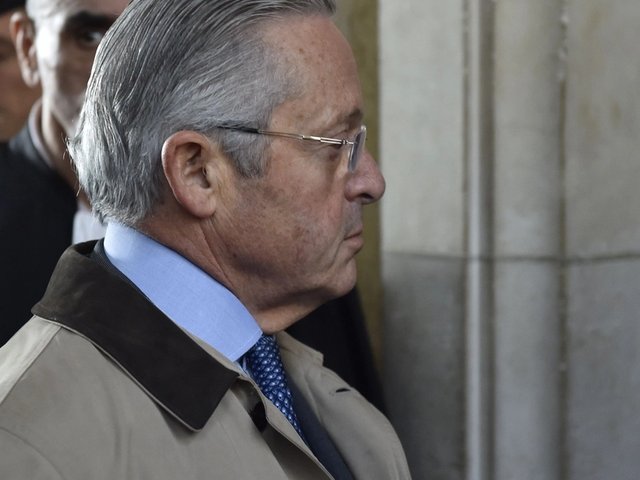A Caravaggio painting has become a prime example for the complicated financial situation of the billionaire French-American art-dealing dynasty, the Wildenstein family, in a long-running legal case in Paris over the estate of Daniel Wildenstein. The Lute Player was discussed in court last week in a trial in which eight defendants, including Guy Wildenstein, the president of the New York art business Wildenstein & Company, are charged with tax evasion and money laundering. The French government estimates that the estate could owe at least €550m, including fines and interest.
One of the charges in the case is that Guy and his brother Alec quickly moved valuable paintings from New York to Switzerland following the death of their father Daniel Wildenstein in Paris in 2001 to avoid inheritance tax. According to the AFP, The Lute Player, valued at €27m, was not included in the original declaration of inheritance in 2002. It was, however, in the second declaration of inheritance, issued in 2008—but simply “pour mémoire” (for the record), without a financial assessment.
Guy Wildenstein testified that his father bought the painting 20 or 30 years ago, and said that it was not originally considered a Caravaggio. The presiding judge Olivier Geron reminded the court that the painting technically did not belong to Daniel Wildenstein, but to a company held by a trust. The defendants argue that such assets do not belong to the family and thus did not need to be declared. The prosecutors say such trusts are contrivances to avoid paying taxes while still holding on to the family’s fortune.
In his testimony, Guy Wildenstein explained that the painting had been offered as collateral to a bank to fund the opening of a new gallery, and that this is how the painting came to be considered the property of his father. He admitted that there was “confusion between what was the property of [his father] and the property of the gallery”, which itself belongs to a trust. The work was later loaned to the Metropolitan Museum of Art in New York, where it hung with a credit to an anonymous private collector, until 2013. Guy Wildenstein told the court that the painting is now “in Switzerland”.
Testimony is due to continue through 20 October.



